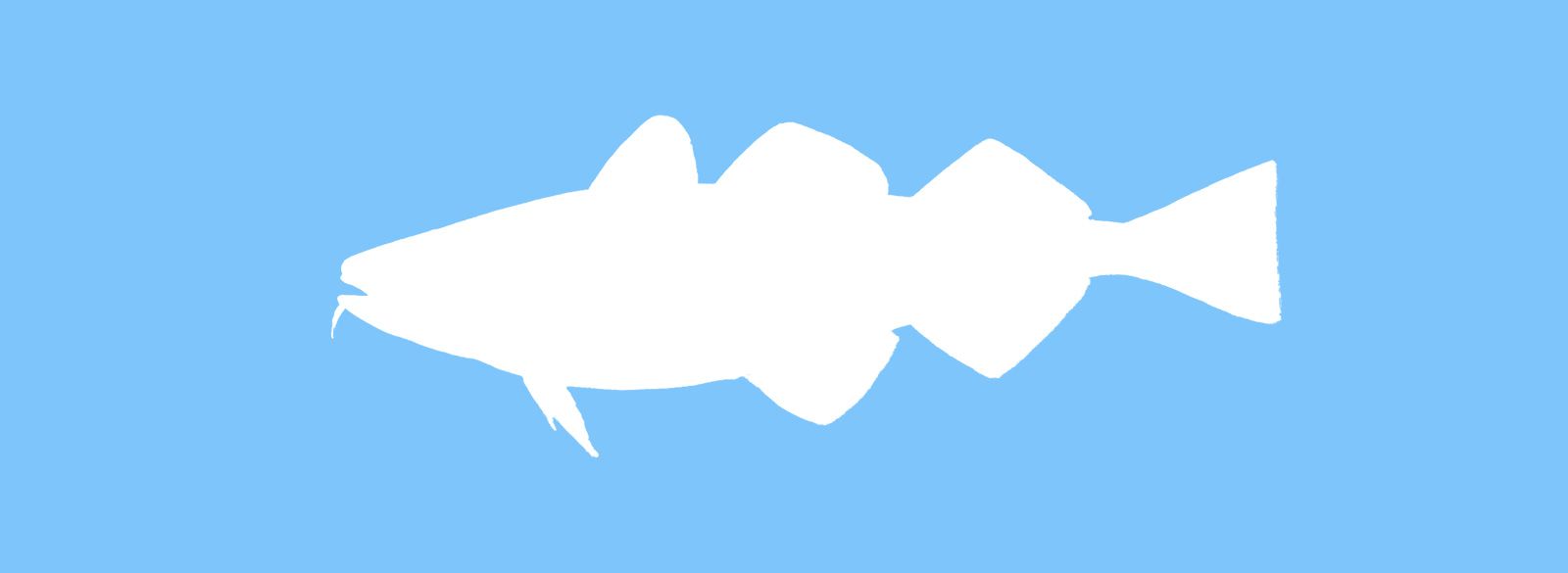
European conger
Conger conger
Biology
The European conger has a snake-like body. The maximum size is 3 m with a weight of 65 kg but more common from 60-150 cm and males are smaller than females. It is mainly found on rocky and sandy bottoms with a depth range from 0-500 m. European conger often colonize sunken wrecks or harbor walls. It stays near the coast when young and moves toward deeper waters upon reaching adulthood. European conger is a nocturnal predator of fish, crustaceans, and cephalopods – mainly octopuses. It is widely distributed in the North Atlantic, the Mediterranean and the western Black Sea but is also found near the Canary Islands, Azores and Madeira. Like other species of the group, it reproduces only once in its life. It reaches sexual maturity at an age of 5-15 years.
Stock situation
Stock status is unknown, with no stock assessment, nor indirect stock indicators available. The species is caught by bottom trawls, hooks and mainly bottom set longlines. These fishing methods produce high by-catch rates.
Ecological effects
European conger itself is a frequent by-catch in fisheries targeting other species. The ecosystem effects of bottom long line fishery are barely studied. By-catches of critically endangered sharks and sea turtles, both with population levels in decline have been reported with bottom longline fisheries. Anchoring device such as sand hooks cause huge damage to the habitat of European congers.
Management
An ecosystem based approach of management is being implemented. Nevertheless, neither recent and detailed stock assessment, nor any reference points have been established yet.
